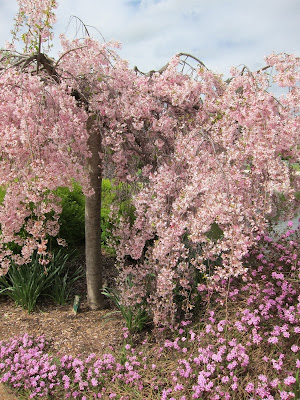I visited Cowra in the NSW midwest recently. During World War 2, Cowra was the location of a camp for internees and prisoners of war, including more than a thousand Japanese prisoners. In the early morning of 5th August 1944, more than 500 of the Japanese prisoners stormed the perimeter fences and more than 300 of them made their escape. Many were shot by guards, many more committed suicide once outside the camp (it was considered dishonourable to be captured and remain a prisoner) and all the remaining escapees were captured within 10 days.
In all, 231 Japanese and 4 Australians were killed. You can read more about the breakout in the Australian War Memorial Encyclopedia or in Wikipedia. So far the story is another grim reminder of the horror and futility of war, but it gets better.
After the war ended, the Japanese Government began to bring back the bodies of soldiers so they could be honourably buried in Japan. But when they came to the Cowra soldiers (in 1961), they found they had been buried respectfully in an attractive special Japanese cemetery. They decided to leave the bodies there.

Entrance to Japanese war cemetery, Cowra.
Somehow, despite the horrors of the Pacific war, some sort of link had been made between Japan and Cowra, and in 1971 respected Japanese landscape designer, Ken Nakajima, was approached to design a garden in Cowra in recognition of the reconciliation between the two peoples.
The garden was opened in 1979 and extended in 1986. Some of the large stones within the garden were donated by the family of a soldier killed at the Sandakan prisoner-of-war camp, a further gesture of reconciliation. Read more about the gardens - pictures of our visit, when the spring blossoms were at their best, are below.
2000 years ago, Jesus said we should love our enemies (Matthew 5:44). It remains good advice today, and can lead to good arising out of evil.












tell us what you think
Please let me know you've visited by making a comment, positive or negative.
0 comments so far:
Post a Comment
Note: Only a member of this blog may post a comment.